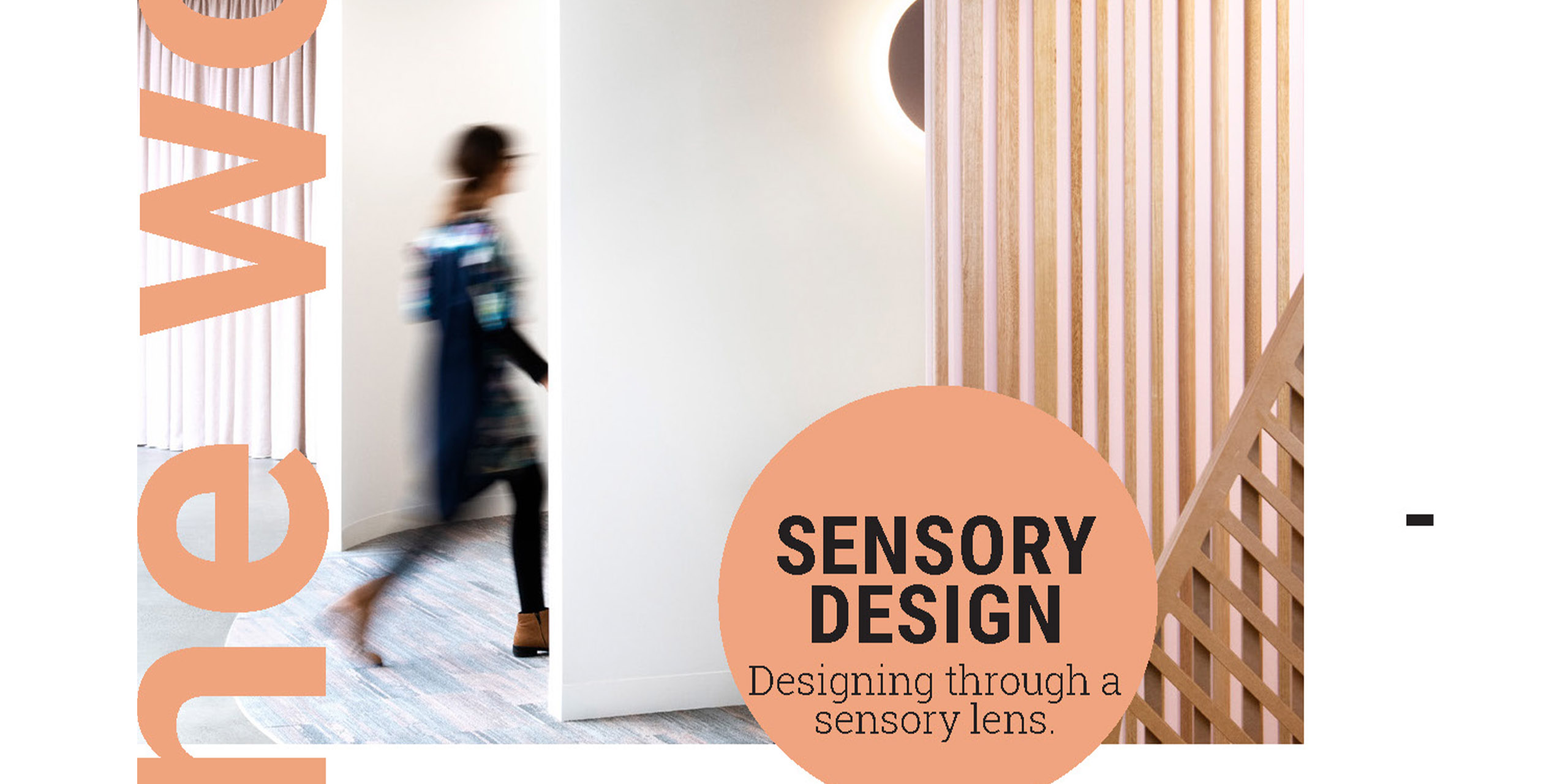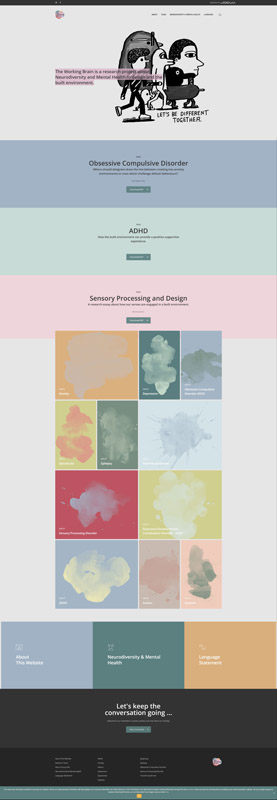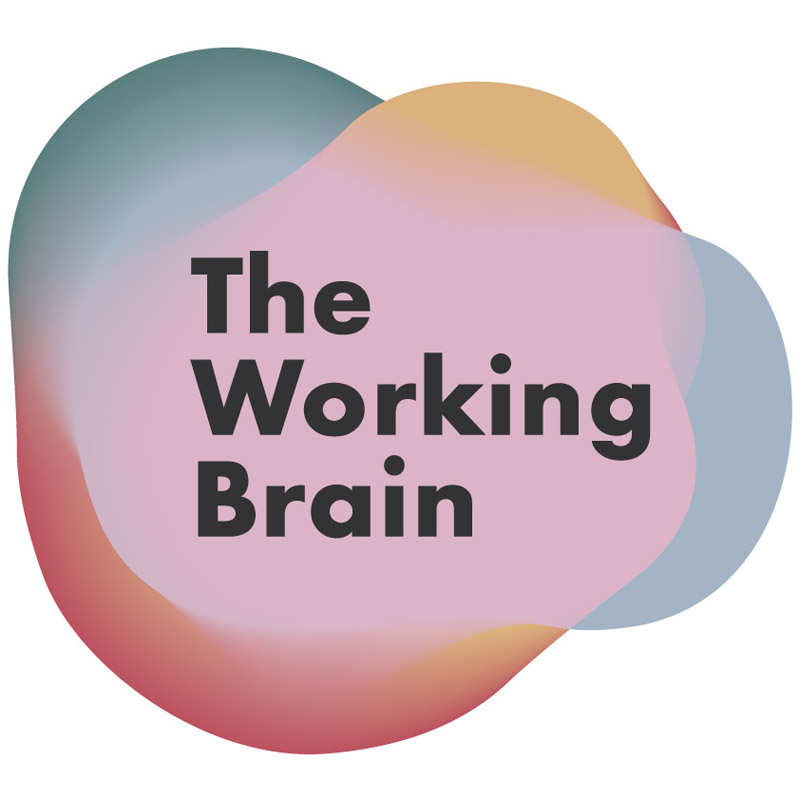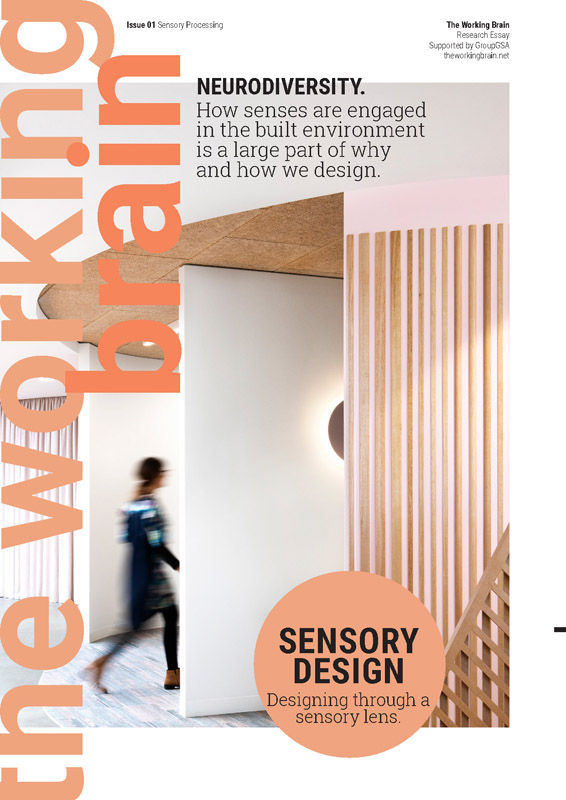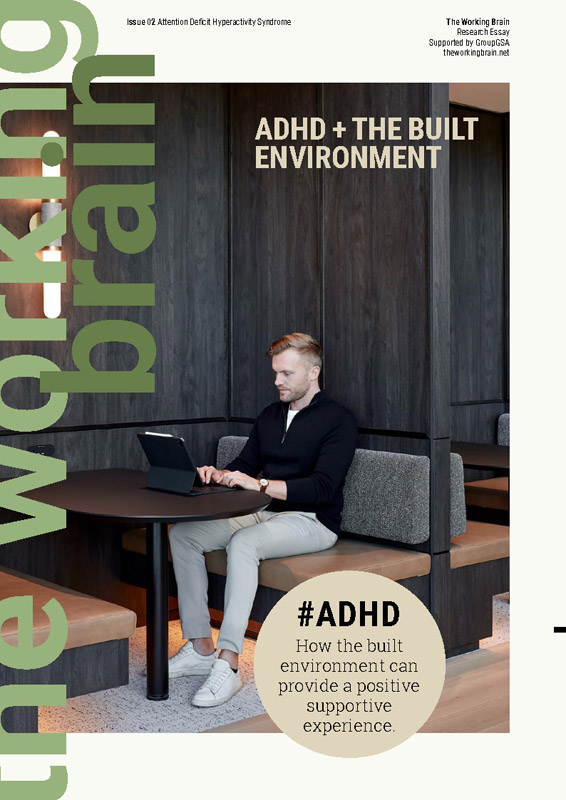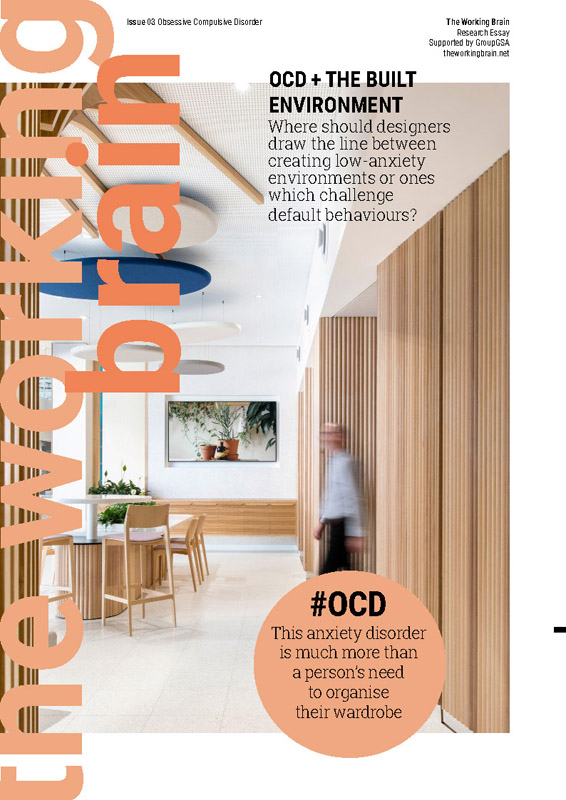Our design process included five steps:
1. Researching neurodiverse brain conditions
2. Researching awareness within the built environment about designing for brain variations
3. Engaging with experts in their field (e.g. Occupational Therapists, Neuroscientist, Autism Advocates and Psychologists)
4. Undertaking our own research within organisations to understand what the make up of the organisation is relative to its sensory profiles (adapted with permission from the leading Professor of Occupational Therapy and Neuroscience, Winnie Dunn, who developed those surveys for the medical fraternity).
5. Creating design adaptations to respond to findings
Following the research, we created a central hub/platform for all this information.
We wanted the platform to be far-reaching and accessible.
Language used had to be respectful and in plain English. As we are built environment designers, we wanted the digital service platform to have high impact.

